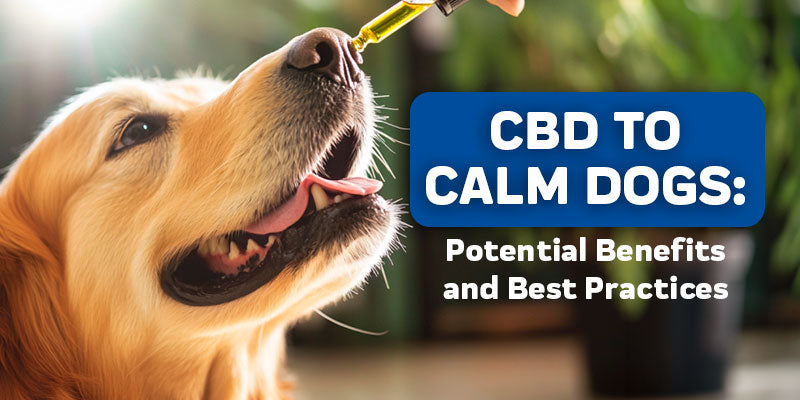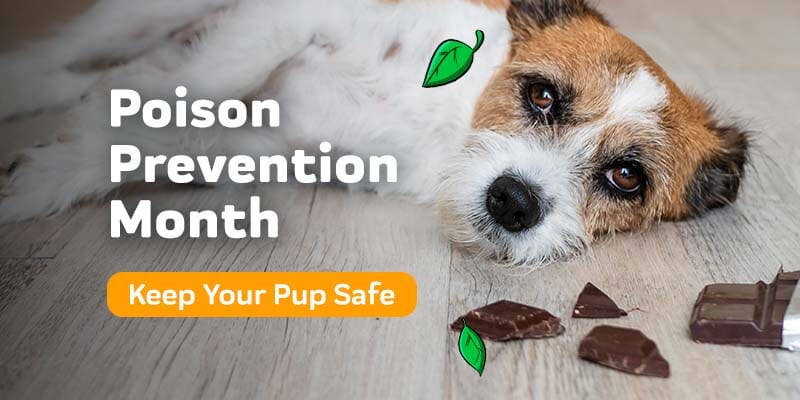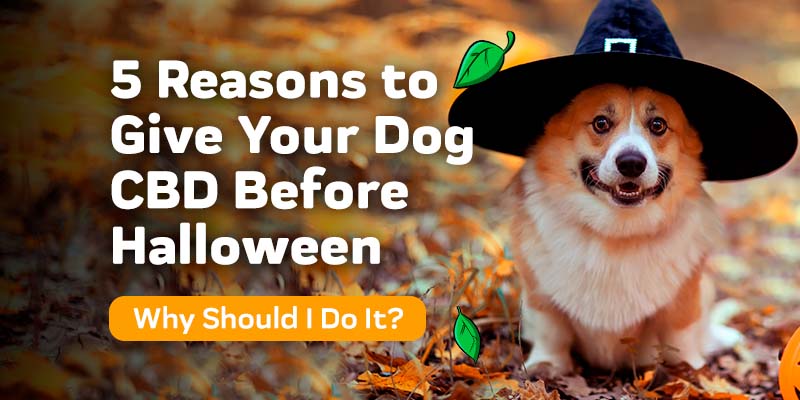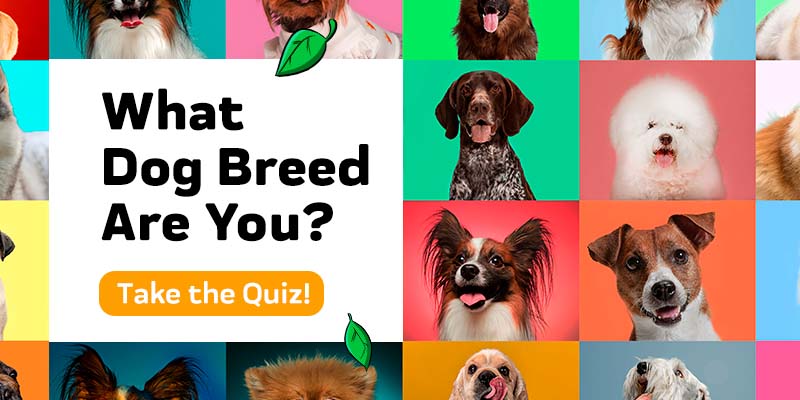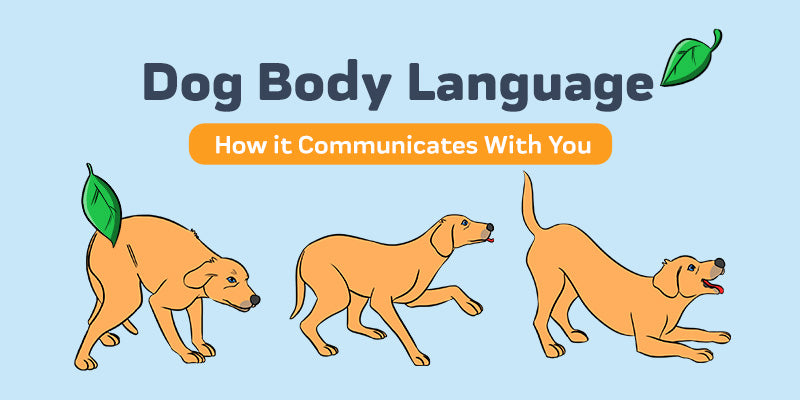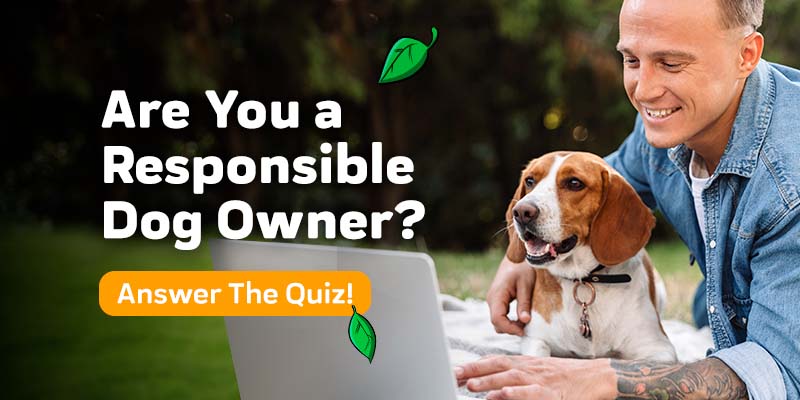 As almost all pet owners know, dogs enjoy chewing on things – whether it is chomping on a soccer ball, gnawing on a favorite toy, or tearing up some sneakers, dogs have urges to exercise their jaws. That behavior is normal – it does not just permit a dog to explore his surroundings yet assists in keeping his teeth clean while providing mental stimulation. In addition, chewing prevents boredom, as well as decreases a pet’s levels of stress. But, when pups are not given safe items to chew, it might cause destructive chewing and additional behavioral problems which may become an issue for both pet parents and dogs. Therefore, it’s vital to give them safe dog chew toys. The following post is going to concentrate on dog chew safety concerns, which includes how you can identify safe and healthy suitable options for every dog.
As almost all pet owners know, dogs enjoy chewing on things – whether it is chomping on a soccer ball, gnawing on a favorite toy, or tearing up some sneakers, dogs have urges to exercise their jaws. That behavior is normal – it does not just permit a dog to explore his surroundings yet assists in keeping his teeth clean while providing mental stimulation. In addition, chewing prevents boredom, as well as decreases a pet’s levels of stress. But, when pups are not given safe items to chew, it might cause destructive chewing and additional behavioral problems which may become an issue for both pet parents and dogs. Therefore, it’s vital to give them safe dog chew toys. The following post is going to concentrate on dog chew safety concerns, which includes how you can identify safe and healthy suitable options for every dog.
What are the Benefits?
Satisfying a pup’s primal urges to chew is critical for several reasons – it not only fulfills their natural tendency to gnaw while keeping their gums and teeth clean yet might prevent them from munching on things that were not supposed to be chewed on.
As written below, supplying safe and best chews for joints may benefit both dogs and pet parents in the following common situations:
- Prevents canines from ingesting dangerous/toxic chemicals and additional hazardous substances
- Deters canines from chewing on/ eating household items which might lead to obstructions in digestive system/ breathing
- Aids in protecting dog owners’ valuables from being chewed up/destroyed/damaged
Much like kids, dogs often get into mischief – and fast. It just takes one minute for a dog to chew on something he should not be, and unfortunately if the pup gets ahold of the wrong thing, swallowing the object might lead to gastrointestinal obstruction, choking, and in the worst-case scenario, death. That is why it is so important to observe the quality and type of chew toys as dog owners – by providing appetizing, safe, best chews for mobility chews, it’ll satiate dog cravings to chew while also offering dogs a tasty snack. However, how does someone go about deciphering the healthiest and safest dog chews? It’s where it may become tricky for most dog owners. While no chew is “risk-free”, studies have shown that some are safer – and healthier – than other ones.
Useful Hint: Ounce of Prevention
 While it is crucial to be aware of what kinds of chews are being given, it is equally important to supervise pup to prevent the consumption of sharp or large pieces. As aforementioned, feeding a pup the incorrect size or type of chews cause either gastrointestinal obstruction or choking. Within some instances, it even may cause canine injuries, as a few chews have been well-known to produce oral injuries, which includes broken teeth. It likely comes as no surprise; however, one easy method of preventing choking hazards and additional chewing accidents includes keeping a close eye on dogs, as well as learning from observation what the best kind of chew is for your family dog based upon his breed, chewing habits, and size. The vet should have the ability to offer suggestions and guidelines to dog owners who are shopping for suitable chew toys.
While it is crucial to be aware of what kinds of chews are being given, it is equally important to supervise pup to prevent the consumption of sharp or large pieces. As aforementioned, feeding a pup the incorrect size or type of chews cause either gastrointestinal obstruction or choking. Within some instances, it even may cause canine injuries, as a few chews have been well-known to produce oral injuries, which includes broken teeth. It likely comes as no surprise; however, one easy method of preventing choking hazards and additional chewing accidents includes keeping a close eye on dogs, as well as learning from observation what the best kind of chew is for your family dog based upon his breed, chewing habits, and size. The vet should have the ability to offer suggestions and guidelines to dog owners who are shopping for suitable chew toys.
Best Chew for Dogs: What to Consider and What to Avoid
 Unfortunately, there isn’t any “100 percent safe” dog chew – but, there are a few which are on the safer side, whereas other ones pose a greater health risk. Even though the following isn’t an all-inclusive list, it’ll provide some general rules to bear in mind as you choose chews:
Unfortunately, there isn’t any “100 percent safe” dog chew – but, there are a few which are on the safer side, whereas other ones pose a greater health risk. Even though the following isn’t an all-inclusive list, it’ll provide some general rules to bear in mind as you choose chews:
‘Danger’ List: Top Four Worst Kinds of Dog Chews
Animal Bones
Even though a pup might consider them a tempting snack, animal bones – be it antlers from a deer, a chicken bone, or cattle hooves – may pose a severe risk to dogs of all sizes, breeds, and ages. Hard animal parts of any type (especially cooked bones) are risky to a canine’s teeth and GI tract, since they are very indigestible and hard. Besides breaking his teeth, a pup might manage to break off a piece of bone as he chews and digests it, which may puncture his internal organs, as well as cause severe damage to his GI system. Additional animal parts such as horns (like buffalo or goat) soften and fray after a canine has chewed on them for a long period of time. While a pup’s GI tract and teeth might tolerate them a little better, they still should be given with a keen eye.
Indigestible Chews
Dog chews which aren’t digestible might cause gastrointestinal blockages and at the very least, and in the worst-case scenario, result in indigestion. Such chews especially are harmful for aggressive chewers – for instance, pets who try to destroy or eat (that is, swallow) their toys. Most hard plastic and nylon chews aren’t digestible and must be avoided, because they typically are too hard for canines to safely chew and oftentimes break or damage teeth. Furthermore, such chew toys frequently develop rough edges while chewed repeatedly, which also may result in more dog injuries.
Extremely Hard Chews
In cases in which a chew toy is too challenging for a pup to bite off a piece then swallow it, it probably is too difficult for him to chew on, too. As aforementioned, extremely hard chews may cause fractured teeth and additional mouth injuries. One great way to gauge a toy’s safety: if it’d hurt someone who banged their knee on it, it more than likely is too hard for a canine!
Rawhide Treats and Chews
While a lot of dogs do okay with rawhide treats and toys, such a chew remains slightly controversial as far as safety is concerned. Because of the indigestible nature of rawhide, it may cause blockage and irritation of the dog GI tract. Furthermore, a few rawhide chews are treated using possibly harmful chemicals; therefore, while shopping for rawhide doggie treats, be certain that you carefully read the labels. There actually are some rawhide brands made by veterinarians with canines’ safety and digestive systems in mind, giving dog owners and their pets peace of mind.
The Safe Dog Chews List: Top Four Preferred Kinds of Chews
What can my dog chew on that is safe?
Best digestible dog chews
Flavored Dental Chews are a safe dog chew
As it’ll come to ‘digestible’ longest lasting dog chews, flavored dog dental chews have increased in popularity in recent times as a safer alternative to conventional chews designed of hard or rigid plastic animal parts. Primarily comprised of ingredients like wheat gluten, corn starch, meat by-products, and poultry meal, those chews are 100% edible and do not pose a risk to a canine’s teeth, GI tract, or gums. But they might not be appropriate for pups adhering to a gluten-free diet (because of canine allergies or by dog owner’s choice); therefore, make certain that you read every ingredient. Furthermore, it ought to be noted that canines usually gobble those chews down rapidly (especially a fact amongst aggressive dog chewers, as well as ‘inhaler’ types); therefore, while they’re a safer alternative, keeping them available might become expensive.
Classic Kong
Beloved dog chew for both pet parents and pups, this dishwasher-safe, non-toxic, sturdy toy takes a beating and is among the safer styles available. Made with a canine’s safety in mind, the toy that has a hollow middle has holes on both parts so it will not create a ‘suction’ effect. As stuffed with snacks, it offers pups of all ages a healthy way to satisfy their licking and chewing urges. Its added ‘puzzle’ feature – that is, creating a necessity for the pooch to ‘work’ for his food, just as he would do in the wild – creates an extra benefit, mentally engaging him. In addition, there is a Kong toy appropriate for almost every dog, based upon his chewing style and age. But, as with any chew toy, be sure to observe dogs while engaged in playtime, and if snacks are stuffed into the puzzle-style toy, be certain it isn’t blocking the smaller hole – it’s possible to learn how to stuff a Kong chew toy here. It also is vital that you purchase the right-sized Kong for canines, as a smaller toy might pose a choking risk for bigger dog breeds. Likewise, for homes that have multiple dogs of different sizes, ensure that you have toys available that are safe for them all.
Bully Sticks
Bully sticks, recognized as among the most sought-after dog chews and longest lasting dog chew in the market, are enjoyed by canines for their chewy texture and flavor. Ranging in a variety of sizes, the sticks are designed of beef puzzle; even though expensive, they are among the longest lasting of the ‘safer’ chew options. For robust dog chewers, braided bully sticks usually last longer. Make certain to shop for the sticks from reliable sources, as a few professionals warn against potential bacteria contamination. Plus, dog owners might want to choose low-odor sticks, because they have a stronger smell.
Beef Tracheas
Additionally referred to as “windies” or “moo tubes,” beef tracheas are mainly comprised of cartilage and thereby a safer beef trachea dog chews alternative to additional harder animal parts. One other extra bonus is that they have glucosamine and chondroitin, which might benefit a pup’s skeletal system and joints, according to research. Also, beef tracheas are a long-lasting snack (even though it actually depends upon the pup’s chewing habits). While they may be a little more expensive than bully sticks, they do not smell quite as much, therefore all in all, combined with their longevity, it’ll make this choice a worthwhile chew-snack investment.
Useful Hint: Make No Bones About It
Almost all dogs love chomping on bones and will lick their chops at the sight of one. That is why it’s so very important that you practice extreme care when tossing out bones after a meal – treat this waste (that is, cartilage and bones from cooked or raw meat, fish, game, or poultry) the same as you might any other object that’s toxic to canines.
To ensure it is out of his reach, take tightly-sealed trash bags to outdoor garbage cans as soon as supper is over – leaving bones inside the kitchen trash basically is tempting fate. For the ones who live in rural or suburban regions in which a dog might be let out into the yard, an extra precaution includes putting bungee cords on trash cans; it not just protects canines from harm’s way, yet also can keep raccoons out of the garbage. If a canine is exhibiting any indications of choking or complications because of bone ingestion, immediately contact a veterinarian.
Buying Quality Chews: What Chews Are Safe for Dogs?
 What is safe for a dog to chew? Below we list some useful guidelines to follow while shopping for canine best mobility chew options and dog’s chew toys: Even though every canine is unique, there fortunately is a broad array of chew toys and chews out there to satisfy almost every size, breed, and kind of chewer. Whether he is an aggressive chewer prone to destroying everything, a more delicate nibbler who likes and cares for his chew toys, or enthusiastic inhaler swallowing things whole, identifying a dog’s style of chewing is critical to selecting the proper chew.
What is safe for a dog to chew? Below we list some useful guidelines to follow while shopping for canine best mobility chew options and dog’s chew toys: Even though every canine is unique, there fortunately is a broad array of chew toys and chews out there to satisfy almost every size, breed, and kind of chewer. Whether he is an aggressive chewer prone to destroying everything, a more delicate nibbler who likes and cares for his chew toys, or enthusiastic inhaler swallowing things whole, identifying a dog’s style of chewing is critical to selecting the proper chew.
Firmness
When in doubt, check the firmness out – if the toy does not “give” a little while pressing down with a thumbnail, it is more than likely too hard and might break his teeth. On the flip side, dog owners do not want to pick best dog chews for mobility that is too soft, either, as there’s a risk of it being easily swallowed and torn apart. Choose dog toys and best mobility chews for dogs that fall some place in the middle – a pet store or trusted vet may give suggestions.
Durability
Closely inspect chew toys for quality construction – avoid chew toys which are shoddily made or look as if they might be disassembled/chewed apart with little effort. Be on the lookout for small pieces, as well as toys that have filling or stuffing, as some pups (especially the ones who usually swallow items whole or destroy things) will rip open a toy and eat part or all of the toy, which may pose severe harm to an animal.
Coating
Be on the lookout for flavorings and coatings on edible chews which might cause digestive issues. In the instance of chew toys, make certain that you read the packaging to ensure that all of the materials used – whether it be plastic, rubber, fabric or other surfaces/ treatment materials – are non-toxic and safe. For instance, there’ve been some cases in which traces of lead were discovered within the fuzzy coating of tennis balls; therefore, shop smartly and read the fine print.
Size and Shape
As you choose dog chews, remember the size of the dog it is meant for: it should not be so small that he may choke on it, nor should it be a shape in which he may get his tongue or muzzle lodged inside of it. Besides speaking to a veterinarian for chew toy suggestions, reading actual product reviews on the internet (like dog owners’ insight on a blog or likewise social media forum) also may be useful.
Is It Washable?
Seeing if a chew toy is washable before purchasing may prove to be worth your time, as it permits occasional disinfection and cleaning that ensures a sanitary environment in the home. This might be an especially valuable quality for families that have small children, as the majority of parents will attest that children can get ahold of doggy toys. Carefully read labels to check if the chew toy is dishwasher or dryer/washer safe.

Ultimately, it is always better to talk with a vet for professional recommendations and advice for health-conscious, safe toys which may help to keep dog teeth clean while satisfying his instinctual urge to chew. In staying proactive in the quality and type of best dog chews for joints administered, dog owners may ensure the well-being and safety of their dogs while offering them a fun activity that actually is great for their overall physical and mental hygiene.
Wanna know who offers the best mobility chews? Innovet Pet Products offers a line of Advanced Mobility Chews that offer advanced mobility support for joint and hip problems in dogs. They are the best joint chews in the market. Get yours today!
Helping Senior Canines Remain Active
All dog owners want to see their pet stay spry, active, and healthy when they head into their senior years. That is why it is vital that you provide your pet extra support that might help him stay healthy and happy, as well as extend that precious time we have with them.
Innovet Pet Products has selected more than twenty science-backed ingredients that are proven to generate results that might help your dog live longer and remain strong.
Innovet’s advanced mobility support hip and joint give your pet:
- Joint health and mobility support
- A reduction in pain and elimination in inflammation
- Cushioned joints
- Energy needed to stay active
- An easy recovery from surgery
Grab yours today for just $33.95!











